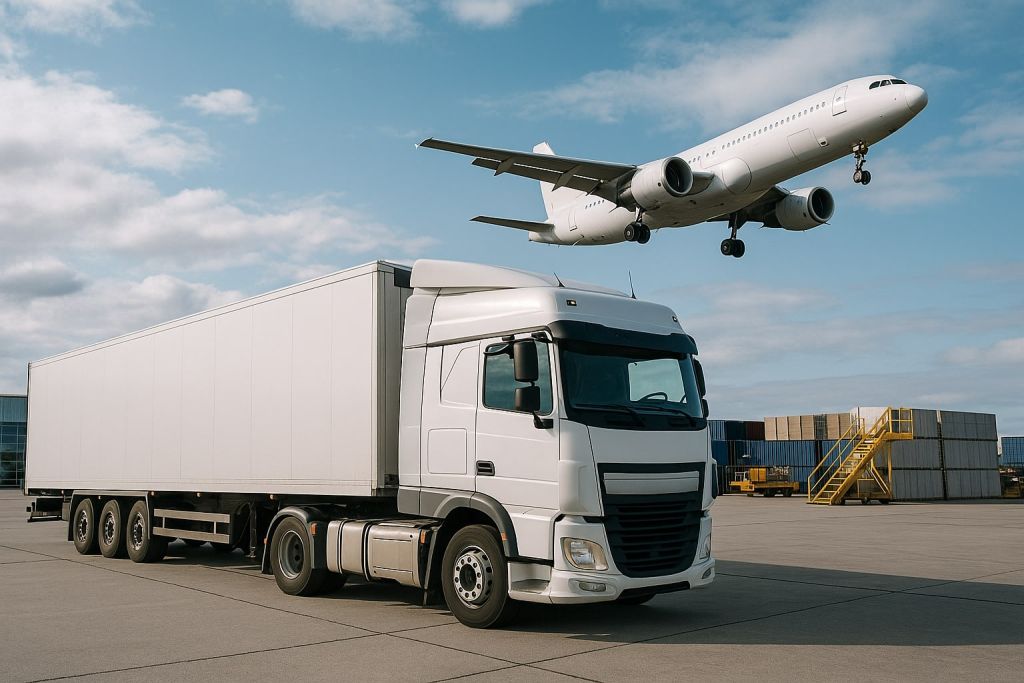Helmet Systems: Enhancing protection and Communication
Modern military helmets have evolved far beyond basic head protection. Today’s helmet systems integrate advanced features that not only shield soldiers from ballistic threats but also enhance communication, situational awareness, and even night vision capabilities. In this article, we’ll explore the protective features of contemporary military helmets and how they integrate with cutting-edge communication systems. We will also highlight a specialized product, the Helmet Light Beacon Trilobyte Gen2, which offers advanced signaling capabilities tailored for extreme environments.

Protective Features of Modern Helmet Systems
Military helmets are designed to offer comprehensive protection against a range of battlefield threats, including ballistic impacts, shrapnel, and blunt force trauma. Here are some key protective features found in modern military helmet systems:
- Ballistic Protection
Modern helmets are constructed from advanced materials such as Kevlar, aramid fibers, and high-performance polyethylene (HPPE), offering superior resistance to bullets, shrapnel, and explosive fragments. This provides soldiers with the best possible protection against head injuries in combat situations. - Modular Design
Many helmets today feature modular components, allowing soldiers to attach accessories like visors, face shields, or even mandible guards to enhance protection. This adaptability makes helmets suitable for a variety of missions, from urban warfare to airborne operations. - Shock-Absorbing Liners
Helmets are equipped with shock-absorbing foam liners to protect soldiers from the force of impact, reducing the risk of concussions or other traumatic brain injuries. These liners ensure comfort during prolonged use while providing critical protection. - Lightweight Construction
While offering robust protection, modern helmets are designed to be lightweight, reducing fatigue and allowing for greater mobility. This is essential for soldiers who are engaged in prolonged operations or high-intensity combat.
Integration of Communication Systems
One of the most significant advancements in military helmet systems is the integration of communication technology. Enhanced communication capabilities allow soldiers to stay connected with their teams, receive commands, and share vital information in real time. Here’s how modern helmet systems achieve this:
- Built-In Headsets
Many helmets come with integrated communication headsets that include noise-cancelling microphones and speakers. These systems ensure that soldiers can hear and transmit critical information clearly, even in noisy environments like battlefields or helicopters. - Bone-Conduction Technology
Some helmets use bone-conduction technology, which allows sound to be transmitted through the bones of the skull, leaving the ears free to pick up ambient sounds. This technology enables soldiers to stay alert to their surroundings while maintaining communication with their team. - Night Vision and HUD Integration
Modern helmets often integrate night vision devices (NVDs) or heads-up displays (HUDs) that provide real-time data, maps, or thermal imaging. This enhances situational awareness, allowing soldiers to navigate difficult terrain or detect enemy forces in low-light conditions. - Helmet Light Systems
Helmet light systems are crucial for signaling, visibility, and communication during night operations. These systems typically include both visible and infrared (IR) modes to ensure stealth while still providing clear signals to friendly forces equipped with night vision gear.
Spotlight: Helmet Light Beacon
One example of advanced helmet-mounted technology is the Helmet Light Beacon Trilobyte Gen2, a versatile and durable light designed for military airborne operations. Offering four output colors (White, Green, Red, and Near Infrared), synchronized flashing capabilities, and rugged construction, this beacon enhances visibility and communication in extreme environments, making it an essential tool for soldiers in the field.




